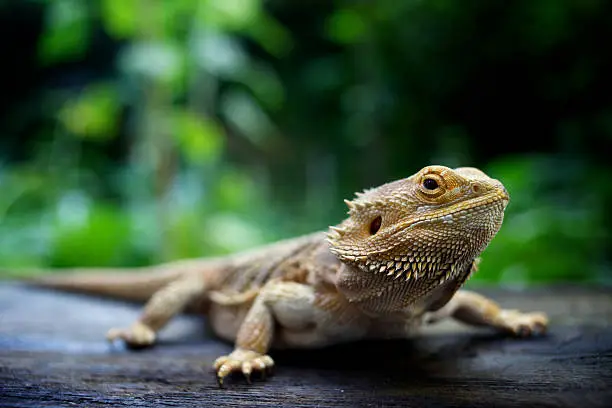Hey there! Are you considering getting a pet bearded dragon? In such a case, one of the first questions that comes to mind is how big are they going to grow?
In this article, I’ll explain exactly what size and growth you can expect from your scaly friend.
It’s no wonder that bearded dragons have become such popular pets in recent years. With their bright colors, friendly personalities, and ease of care, it’s easy to see why they’ve become so popular!
But before making any decisions about which type or size of beardie you should bring home, understanding more about their adult size and growth rate is important
Bearded dragons can grow up to 45cm, including their long tail. They usually attain their full size immediately after reaching sexual maturity, between 8-18 months after birth. The size of an adult bearded dragon should range from 16 to 24 inches in length and should weigh in the range of 380 to 510 grams.
Keep reading if you’re interested in all the details about the size of your new friend! We’ll cover everything from average sizes to maximum lengths and provide a handy chart with growth milestones along the way.
Juvenile Bearded Dragon Size
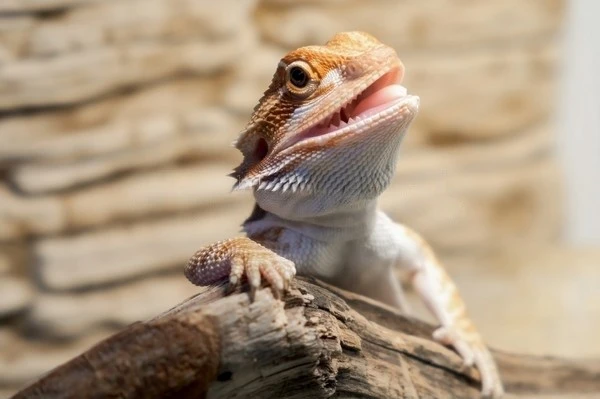
As a juvenile, bearded dragon can absolutely astound you with their size!
They are incredibly cute and could fit in the palm of your hand. When they hatch from their eggs, these little lizards come out at around 3 inches long – but don’t be fooled by their small stature: they will grow quickly! In just four to five months, these tiny creatures reach 5-6 inches in length. During this time, they double or even triple in weight too.
From 6-14 inches is considered the adolescent stage for bearded dragons. At this age, they become more active as they hunt for food and explore their environment.
Their growth rate slows down during this period but they still manage to gain an inch per month until reaching adulthood which usually happens between 14-18 inches depending on gender and species.
Bearded dragons may look like adults when fully grown but that doesn’t mean they stop growing altogether.
As you take care of them better and ensure their nutritional needs are met, there’s potential for them to keep getting bigger than expected – all the way up to 22 inches!
Baby Bearded Dragon Size
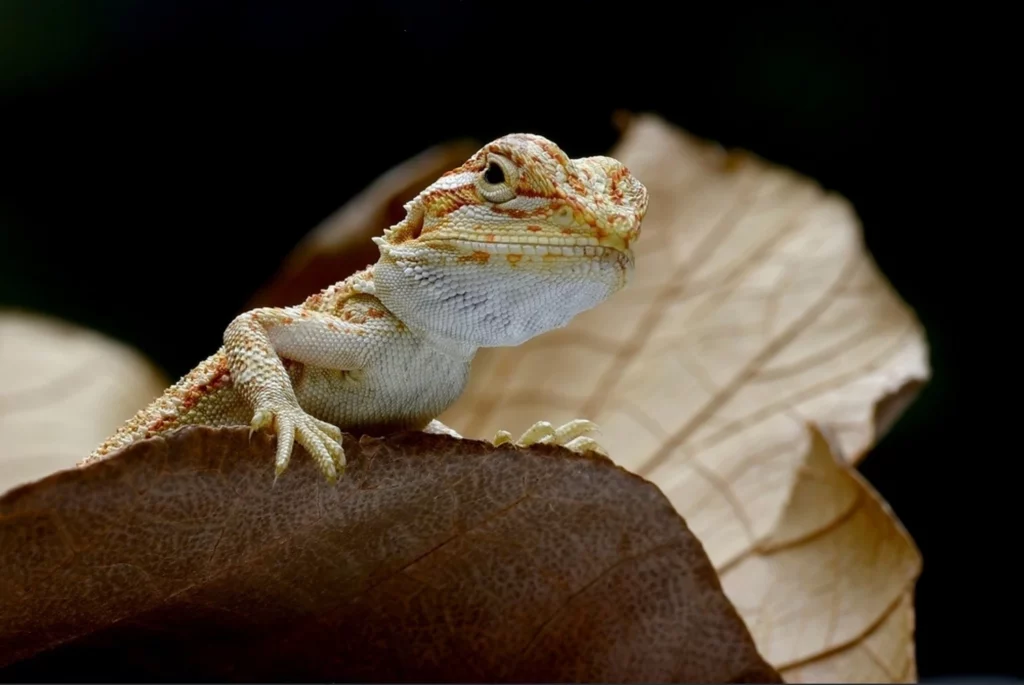
When baby bearded dragons hatch from their eggs, they are usually between two and three inches in length. During the first six months after hatching, these little lizards gain about an inch per month. At this rate of growth, after a year it will reach a length of approximately 8-10 inches, including its tail, which makes up approximately half its length.
After the first year, growth begins to slow down significantly with only one or two additional inches added each year until adulthood.
Adult bearded dragons typically range from 10 – 22 inches in length depending on sex and breed. Male beardies tend to get bigger than females and certain breeds such as German Giants may also reach larger sizes.
Bearded Dragon Sizes By Breed
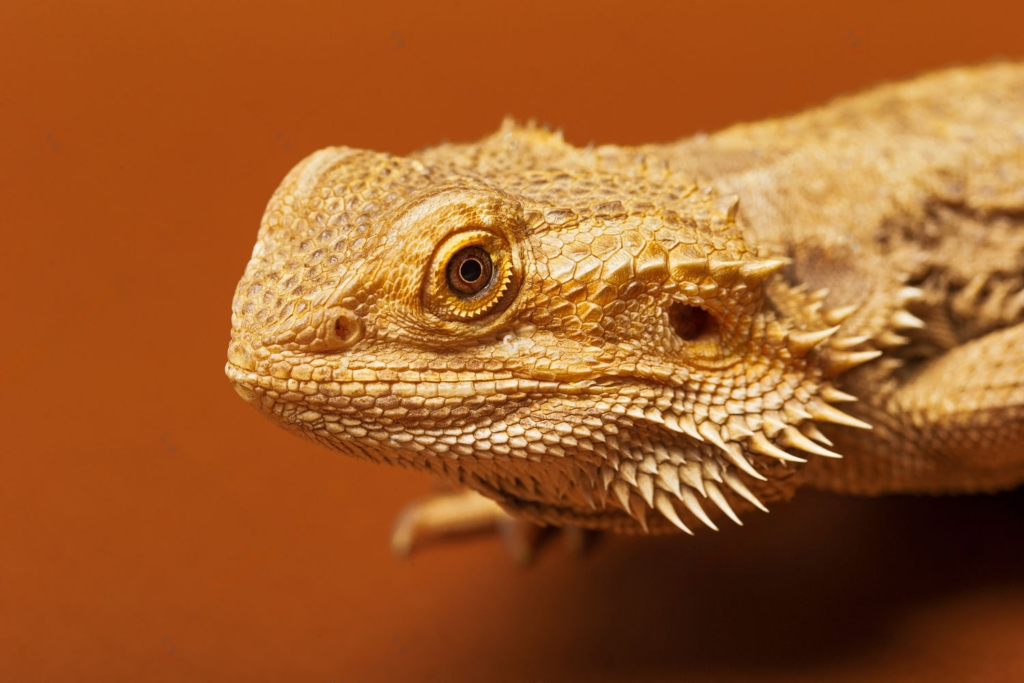
Moving on from baby bearded dragon size, it’s time to look at the different sizes of bearded dragons by breed.
There are seven recognized breeds of bearded dragons—pygmy, inland (central), German giant, rankin’s, dalmatian, Citrus tiger, and hypo leatherback.
Let’s take a look at the size of these different breeds:
Pygmy Bearded Dragons are among the smallest of all bearded dragon species. These reptiles typically reach between 8-10 inches in total length when fully grown.
Inland or Central Bearded Dragons can range in size from 12 to 18 inches long as adults.
German Giant Bearded Dragons grow up to 22 inches long and are the largest type available in captivity today.
Rankin’s Bearded Dragon is an Australian variety that grows to be around 14-16 inches long when fully mature.
The Dalmatian Bearded Dragon reaches 16-18 inches long while the Citrus Tiger Beardie may measure up to 20 inches once they’ve reached adulthood.
Hypo Leatherback Bearded Dragons usually max out at about 17-20 inches depending on how well they’re cared for.
| Bearded Dragon Subspecies | Size (inches) | Weight (grams) |
|---|---|---|
| Pogona microlepidota | 4 – 6 | 6 – 40 |
| Pogona henrylawsoni | 9 – 12 | 50 – 200 |
| Pogona minor mina | 10 – 12 | 100 – 200 |
| Pogona nullarbor | 12 – 14 | 200 – 250 |
| Pogona minor | 14 – 18 | 250 – 450 |
| Pogona minor mitchelli | 16 – 18 | 380 – 450 |
| Pogona vitticeps | 16 – 24 | 380 – 510 |
| Pogona barbata | 20 – 24 | 400 – 510 |
Bearded Dragon Growth Chart
Bearded dragons also exhibit sexual dimorphism which means that males tend to be larger than females when fully grown. Male beardies typically measure between 16-20 inches while females usually range between 12-14 inches long.
Despite this difference in size, both genders can live an average lifespan of 8-12 years with proper care provided by a knowledgeable owner.
Factors That Influence A Bearded Dragon’s Size
Bearded dragons can grow to be quite large, but how big they get depends on several factors. The size of a bearded dragon is determined by its species, gender, diet and environment.
The first factor that influences the size of a bearded dragon is its species. Different species of bearded dragons vary in size with some growing larger than others. For example:
- Pogona vitticeps (the Inland Bearded Dragon) grows up to 24 inches long.
- Pogona minor (Rankin’s Bearded Dragon) grows up to 18 inches long.
- Pogona barbata (Eastern/Coastal Bearded Dragon) grows up to 20 inches long.
Gender also affects the growth rate and size of a beardie. Males tend to reach their full adult size faster than females do and are typically bigger when fully grown.
This difference in growth rates between males and females is due to differences in hormones which control the rate at which they mature and develop into adulthood.
Another important factor influencing the size of bearded dragons is their diet and nutrition intake while they’re young. A healthy balanced diet consisting of proteins, vegetables, fruits, vitamins, and minerals will ensure maximum growth potential.
Providing them with enough food helps them reach their full size quickly without any stunted or slow development issues associated with malnutrition or poor dietary habits later down the road as an adult beardie.
Finally, environmental factors such as temperature, humidity, lighting, and enclosure type play an important role in determining how fast your beardie will grow and how big it will get eventually as an adult reptile.
Ensuring that these environmental factors are kept within optimal levels for your specific species will help promote proper health, and development and ultimately determine the overall growth rate of your pet Beardie over time until it reaches its full-size potential.
How Can I Tell If My Bearded Dragon Is Overweight
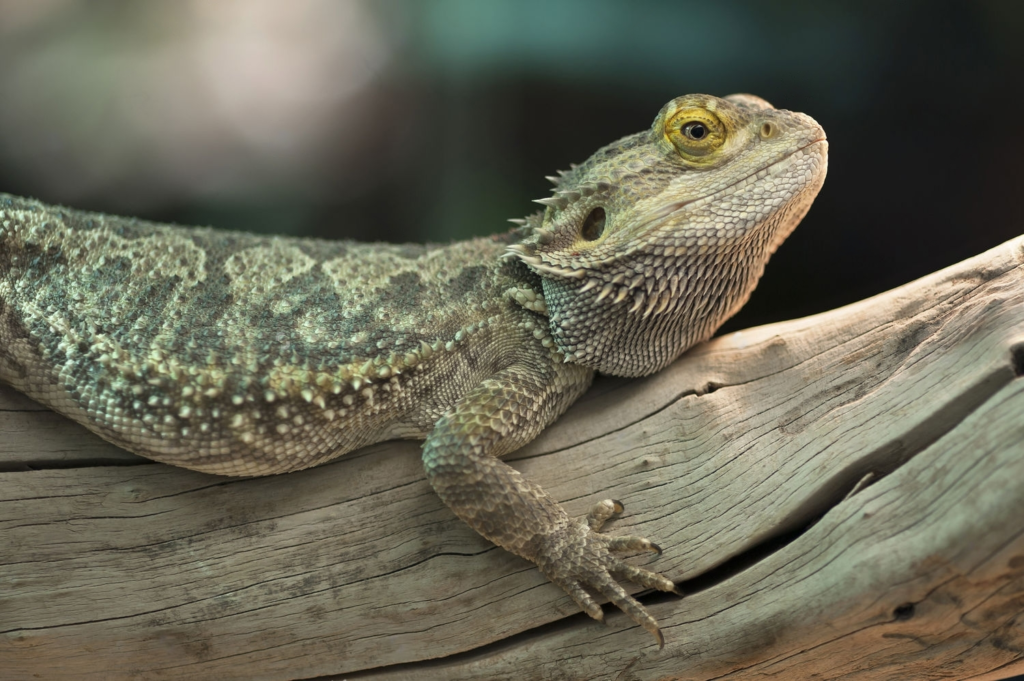
It can be difficult to know if your bearded dragon is overweight.
Healthy beardies should have a noticeable waist when viewed from the top and ribs that aren’t visible but still feel palpable. It is possible that they are underweight if you feel their ribs too easily, while if you do not feel them or they appear chubby, that can indicate they are overweight.
A good indication of a healthy beardie is a straight line running down the back and tail of your beardie with no bumps or lumps.
Overly round appearances can also suggest obesity, which can lead to metabolic bone disease, so your pet’s size and weight should be monitored regularly.
If you suspect that your bearded dragon has gained weight because of their diet or lack of exercise, reduce their food intake or give them more opportunities to explore.
Regular vet check-ups will help ensure that your pet remains fit and healthy throughout its life. Taking action now will save any potential long-term problems later on.
How Can I Tell If My Bearded Dragon Is Underweight
It’s important to know how big your bearded dragon should be.
On average, a healthy adult grows up to 24 inches in length from head to tail and can weigh over 200 grams.
But it’s not just the size that matters—it’s also their weight. Knowing whether or not your bearded dragon is underweight requires monitoring their growth rate and observing changes in body conditions such as fat deposits around the neck and legs.
An interesting statistic about Bearded Dragons’ growth rates is that they tend to grow fastest during their first year of life, reaching full maturity after three years.
After this period, they will usually stop growing so quickly and put on less bulk than before; however, some individuals may continue growing until they are five years old!
To ensure you have a healthy pet, pay close attention to its eating habits and behavior. Your beardie should eat 3-5 meals per day consisting of live insects like crickets, mealworms and wax worms along with plenty of fresh vegetables.
If you notice any decrease in appetite or sudden weight loss, it could indicate an underlying health issue.
Additionally, observe signs of lethargy or lack of movement which could also suggest there might be something wrong with your Beardie’s well-being.
If you suspect anything unusual consult a veterinarian for advice or treatment options. Proper care can help keep your beloved reptile happy and healthy for many years to come!
With regular checkups at the vet combined with nutritious food sources and plenty of exercises, you can ensure your pet stays fit and active throughout its lifetime.
Conclusion
At the end of the day, bearded dragons are an incredibly unique species with a lot of individuality. As such, it can be difficult to accurately predict how big they will get or if they’ll reach their full size potential.
That said, observing your dragon’s growth and responding quickly to any changes in weight is important for ensuring that he or she reaches its maximum size safely.
To give you a better idea of what this looks like in practice, I remember once visiting my friend who had just adopted a baby beardie. When we first saw him, he was about four inches long from head to tail and weighed only 30 grams!
After diligently keeping track of his progress over several months – including regularly weighing him on a kitchen scale – we were amazed when one day he suddenly measured 8 inches and clocked in at 150g!
Regardless of whether your dragon is destined for greatness or not, caring for them requires patience and dedication.
